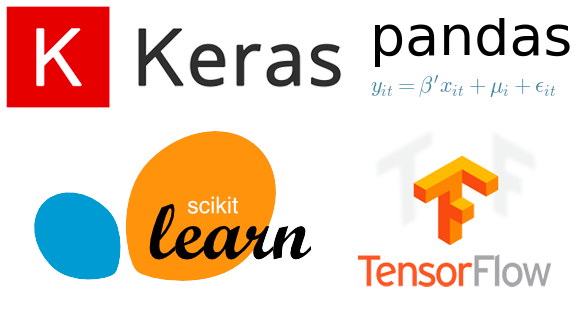How to build a VGG16 network using Keras and Python

VGG16 is a deep learning model that is commonly used for image classification tasks. It was developed by the Visual Geometry Group at the University of Oxford and is known for its high accuracy and good performance on a variety of image datasets.
Building a VGG16 network using Keras and Python is a relatively simple process. Keras is a high-level neural networks API that allows for easy and fast prototyping, and it is written in Python.
The first step in building a VGG16 network using Keras is to import the necessary libraries. This includes Keras itself, as well as other libraries such as numpy, which is used for mathematical operations, and matplotlib, which is used for visualizing the results.
Next, we need to load the VGG16 model. Keras provides a built-in function for loading pre-trained models, including VGG16. We can simply call this function and pass in the name of the model we want to load.
Once we have loaded the VGG16 model, we need to add our own layers on top of it. This is known as fine-tuning the model. We can add additional layers such as fully connected layers, dropout layers, and normalization layers.
After adding the additional layers, we need to compile the model. This involves specifying the optimizer and loss function that will be used during training. The optimizer is responsible for updating the model’s weights during training, and the loss function is used to measure the model’s performance.
Finally, we can train the model on our dataset. This is done by feeding the model images from the dataset and adjusting the weights based on the performance of the model. This process is repeated for a set number of iterations, known as epochs, until the model reaches a satisfactory level of performance.
Once the model is trained, we can use it to make predictions on new images. This can be done by calling the predict function on the model and passing in the image we want to classify.
In summary, building a VGG16 network using Keras and Python is a relatively simple process. It involves importing the necessary libraries, loading the pre-trained model, adding additional layers, compiling the model, training it on a dataset and making predictions with new images.
In this Applied Machine Learning & Data Science Recipe (Jupyter Notebook), the reader will find the practical use of applied machine learning and data science in Python programming: How to build a VGG16 network using Keras and Python.
What should I learn from this recipe?
You will learn:
- How to code a keras and tensorflow model in Python.
- How to setup a sequential deep learning model in Python.
- How to setup Early Stopping in a Deep Learning Model in Keras.
- How to split train and test datasets in a Deep Leaning Model in Keras.
- How to incorporate Multiple Layers in a Deep Learning model.
- How to reduce overfitting in a Deep Learning model.
- How to test different OPTIMIZERs and Epoch Sizes in a Deep Learning model.
- How to setup an experiment in a Deep Learning model.
- How to setup CNN layers in Keras for image classification.
- How to classify images using CNN layers in Keras: An application of MNIST Dataset
- How to create simulated data using scikit-learn.
- How to create training and testing dataset using scikit-learn.
- How to train a tensorflow and keras model.
- How to report confusion matrix.
- How to plot MNIST dataset in Python.
- How to build a VGG16 network using Keras and Python.
How to build a VGG16 network using Keras and Python:
Disclaimer: The information and code presented within this recipe/tutorial is only for educational and coaching purposes for beginners and developers. Anyone can practice and apply the recipe/tutorial presented here, but the reader is taking full responsibility for his/her actions. The author (content curator) of this recipe (code / program) has made every effort to ensure the accuracy of the information was correct at time of publication. The author (content curator) does not assume and hereby disclaims any liability to any party for any loss, damage, or disruption caused by errors or omissions, whether such errors or omissions result from accident, negligence, or any other cause. The information presented here could also be found in public knowledge domains.
Learn by Coding: v-Tutorials on Applied Machine Learning and Data Science for Beginners
Latest end-to-end Learn by Coding Projects (Jupyter Notebooks) in Python and R:
Applied Statistics with R for Beginners and Business Professionals
Data Science and Machine Learning Projects in Python: Tabular Data Analytics
Data Science and Machine Learning Projects in R: Tabular Data Analytics
Python Machine Learning & Data Science Recipes: Learn by Coding
How to setup a binary classification Deep Leaning Model in Keras